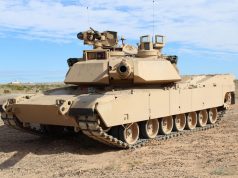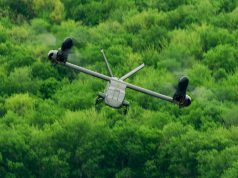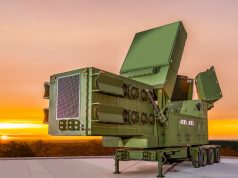After cancelling a solicitation for the procurement of new vehicles that would replace its current Bradley infantry fighting vehicle fleet, the US Army has issued a renewed market survey for ideas on how to move forward with the program.
The Optionally Manned Fighting Vehicle (OMFV) Middle Tier Acquisition-Rapid Prototype (MTA-RP) solicitation was cancelled in January this year after only one bid was submitted.
The service said back then that it intended to revisit the requirements, acquisition strategy, and schedule based on the lessons learned thus far and resolicit OMFV on a competitive basis.
It also stated that additional industry engagements were anticipated. A market survey issued on February 7 is the first opportunity in that process.
The previous acquisition approach was for an initial engineering & manufacturing development-like effort followed by another undefined full and open competition for low rate initial production and beyond. This time, the army is planning for a digital design approach and is seeking industry input on the best way forward. Participants are asked to assume the fielding of first battalion in seven years.
“We are not releasing a prescribed set of requirements — we are describing the problem set and giving industry the freedom to be creative and innovative in their approach,” said Gen. John (Mike) Murray, commanding general of Army Futures Command.
“We will start by releasing broad vehicle characteristics that will be refined through a series of industry engagements, digital design competitions and soldier touch points to inform and sharpen OMFV final prototypes for testing.”
The prototypes used for testing will ultimately yield requirements for production. This approach will enable the army to explore the solution space in an environment of rapid and inexpensive learning, leading to verification through physical prototypes, soldier input and testing.



























